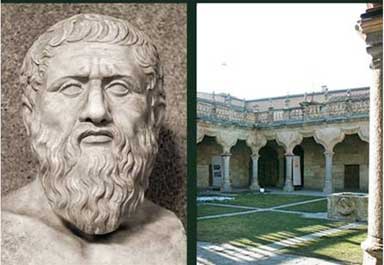
Since the beginning, humankind’s yearning to understand themselves, their world and their place in it promoted the development of science, which in turn encouraged the establishment of learning centers and universities in the world.
The word “university” is derived from the Latin term “universitas magistrorum et scholarium”, that more or less means “community of teachers and scholars”. This is similar to the term “sanghrama”, sangha meaning “community” and “arama” denoting a “place” or “accommodation”.
The oldest learning centers in the world started with the development of various learning institutions such as: Ghandara, Takshasila during the 7th BC in Punjab, Pakistan; Academy, during the 4th BC that was led by Plato in Greece; “Taixue” during the 3rd CE in China; Pandidakterion, during the 5th BC in Constantinople; and the Sanghrama Nalanda, during the 5th CE in India. What we currently recognize as a modern university started in Bologna during the 11th CE, followed by other universities such as the University of Paris, University of Oxford, as well as the University of Cambridge in the 12th or 13th century.
In general, the universities at the time taught the trivium (grammar, rhetoric and dialectic or logic) and the quadrivium (arithmetic, geometry, music, and astronomy).
According to journals written by pilgrims who visited Srivijaya during the 7th CE, this ancient Indonesia possessed learning centers that taught subjects including pancavidya (the five sciences): grammar and philology, arts, medicine, logic, metaphysics and philosophy). In the 11th CE, a pandit from India, came and studied in Srivijaya whom eventually become a great scholar and exercised tremendous influence in the history of learning in the world, even today.
Thus, far before the establishment of modern universities in the world, Indonesia possessed a learning center that was relatively advanced, as confirmed by numerous scholars and experts, especially from India and China, who studied and taught in Srivijaya, at least during the period of 7th to 11th CE.
 Bahasa
Bahasa
 October 24th, 2010
October 24th, 2010  SUDIMUJA
SUDIMUJA  Posted in
Posted in  Tags:
Tags: